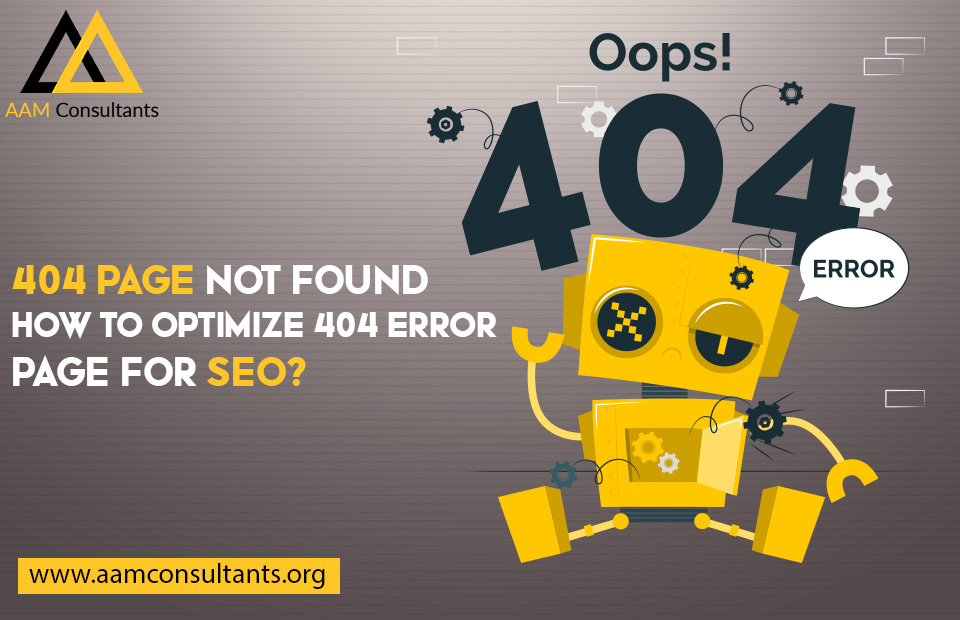404 error pages play a critical role when it comes to website usability and search engine optimization today. In this guide, we will take you through everything that you need to know about how to optimize your 404 pages so that they are working for you.
Hire AAM Consultants for link building and SEO Services.
What is a 404 error page?
Also known as HTTP 404, crawl error, HTTP status code, or a header response code, a 404 error is basically the computer equivalent of letting you know that the page you are looking for cannot be found.
There are a number of different situations that can result in a 404 error page popping onto your screen. This could happen when a page has been removed or it has been moved. It can also happen when accidentally truncated links or broken links appear in an email message, on a social media post, or on a web page.
Are 404 pages helpful?
Yes, 404 pages are helpful because they give you the ability to fix something that is broken. If you do not come across a 404 page, you don’t know that the page in question is not working. However, if you simply ignore 404 pages and you do not do anything about them, they will only end up hurting your business.
Turning your 404 pages into an SEO advantage
404 pages can be irritating for the user in question, so your chief purpose here is to look for ways to turn your 404 page into a positive experience for the viewer rather than a negative one. The key here is links!
Links on 404 pages are critical because they provide users with a way of leaving the 404 page they have landed on. After all, this is not the sort of page that anyone is going to want to spend a considerable amount of time on.
Therefore, rather than forcing users to navigate away from your website or close the window in question, providing them with a manner of getting to a different page that has useful information and the sort of resources they may be looking for is ideal.
So, what sort of links can you incorporate on this page that may be helpful to users? Examples include an HTML sitemap, a way for users to contact you or to report a link that has been broken, the most valuable or popular category or product pages, some of your most popular blog posts, and, of course, your home page.
You can also help your users by adding a website search bar to your 404 page to enable them to locate what they are looking for directly from that page.
What your 404 page can help you to achieve
There is no denying that 404 pages tend to be ugly, and this is why a custom 404 page makes a lot of sense. When you have one of the bog-standard 404 pages, it has a bland and ugly vibe to it, which will only make your brand diluted and drag down the overall marketing performance of your site.
Therefore, there are a lot of benefits that you can gain by creating a custom 404 page. For example, you will be able to keep users on your site and lower your bounce rate, which is critical in terms of search engine performance.
In addition to this, a custom 404 page will help to keep people engaged with your website and moving through the sales process. You can also leave people with a good feeling once they have encountered a positive resolution to their 404 issues, rather than simply being left at a dead-end.
If this was not enough, there are some other benefits that need to be considered as well. By building a custom 404 page, you can attract external attention for your brand if you do a good enough job. You are also going to be able to main a consistent brand across your site, which is critical today.
Of course, the key is to lower your 404 pages as much as possible! However, a custom page will certainly outperform the generic option.
Final words on 404 page not found optimization
So there you have it: everything that you need to know about 404 pages and how to optimize them effectively. It is important to make sure that your 404 pages are working for your website, rather than working against them. Use the tips and advice that we have provided above to make sure that this is the case.




